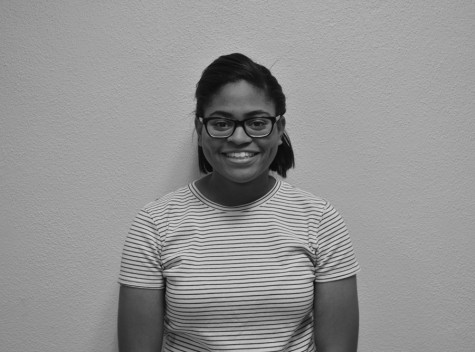Low diversity affects learning
Lack of minority teachers hurts education
May 12, 2015
The shortage of teachers of color in society harms minority teenagers, creating a lack of representation in the teaching profession.
According to Education Week, as the nation’s population grows more diverse, the teaching force continues to whiten.
This trend is creating a huge gap between the two groups that grows wider every day.
According to The Huffington Post, more than 20 states have gaps of 25 percentage points or more between the diversity of their teachers and students.
At Park, the statistics show a significant gap between minority teachers and white teachers, according to Richard Kreyer, district director of human resources. He said Park’s teaching population is 91 percent white and last year about 20 percent of the teachers hired were people of color.
According to Kreyer, 40 percent of all students district-wide belong to a minority, compared to teachers, which are about 9 percent of all teachers in the district.
The shortage of minority teachers in Park’s schools is because of the low number of minority teachers to begin with.
According to the Center for American Progress, black and Latino teachers represent only about 14.6 percent of the teaching workforce nationally. The numbers represent the lack of minority influence in the community that could open eyes to new possibilities.
At Park Spanish Immersion, a school with teachers from around the world, the teachers embrace different cultures because of their backgrounds.
According to ABC News, more than 80 percent of the bachelor’s degrees in education awarded during the 2009-10 school year were to white students. This leaves a small percentage of bachelor’s degrees going to minorities.
Minorities need to pursue careers in teaching so that the younger generation is not left without valuable interactions. With communities becoming more diverse as time goes on, the need for teachers of a different race has become more urgent than ever before.



